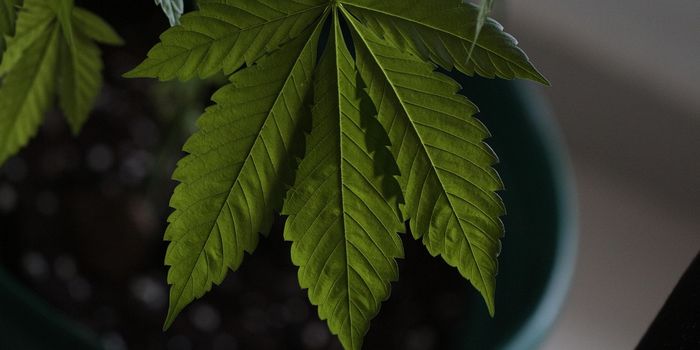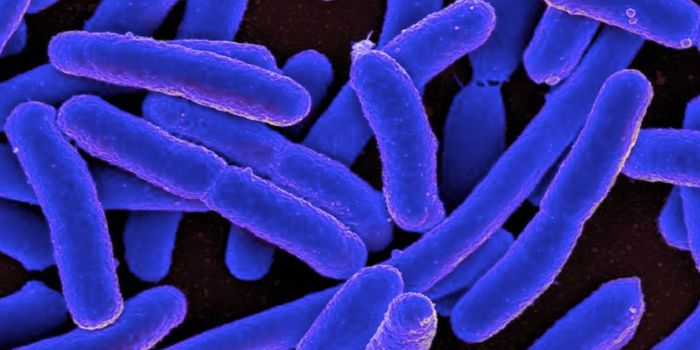A Cavity-Forming Germ Gets a Little Help From a Gene Cluster
There are many microbes that live in the human mouth, and while some are harmless, others like Streptococcus mutans are a major cause of tooth decay. It's thought that infants easily acquire these microbes, usually from caregivers, at an early age, so we have to brush our teeth to keep the levels of these and other strains of cavity-causing microbes low. When we eat sugary foods, S. mutans can digest the sugars, producing acids that damage tooth enamel, which leads to cavities. These bacteria can also easily get to hard-to-reach places in the mouth and take up residence there.
S. mutans is a tenacious microbe; it can form biofilms, which are microbial colonies that are much tougher and harder to remove than individual microbial cells. Reporting in Nature Chemical Biology, scientists have now assessed different strains of S. mutans isolated from various samples of plaque.
The study's identified a cluster of bacterial genes in the S. mutans microbes that is directly linked to the ability to form tough biofilms. This gene cluster is called muf and it encodes for a complex of molecules that promotes biofilm formation, called mutanofactin-697.
Mutanofactin-697 can bind to both S. mutans cells and free-floating DNA, so they will cluster together. At the time time, mutanofactin-697 helps bacterial cells repel water while encouraging the bacteria to attach to surfaces, like teeth. All these features help the S. mutans form nasty biofilms that are difficult to remove and lead to cavities and tooth decay.
This study was conducted by a team of researchers including Pei-Yuan Qian at the Hong Kong University of Science and Technology (HKUST) and Wenjun Zhang at the University of California, Berkeley.
"Our findings provide the first example of a microbial secondary metabolite promoting biofilm formation via a physicochemical approach, highlighting the significance of secondary metabolism in mediating critical processes related to the development of dental caries," said Qian, who is the David von Hansemann Professor of Science at HKUST.
Learning more about how cavities form will help scientists find ways to prevent them. Tooth decay is thought to cost the world about $442 billion per year.
Sources: HKUST, Nature Briefing, Nature Chemical Biology









